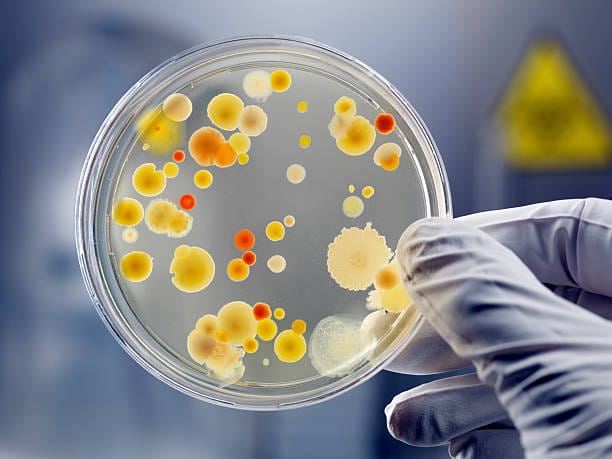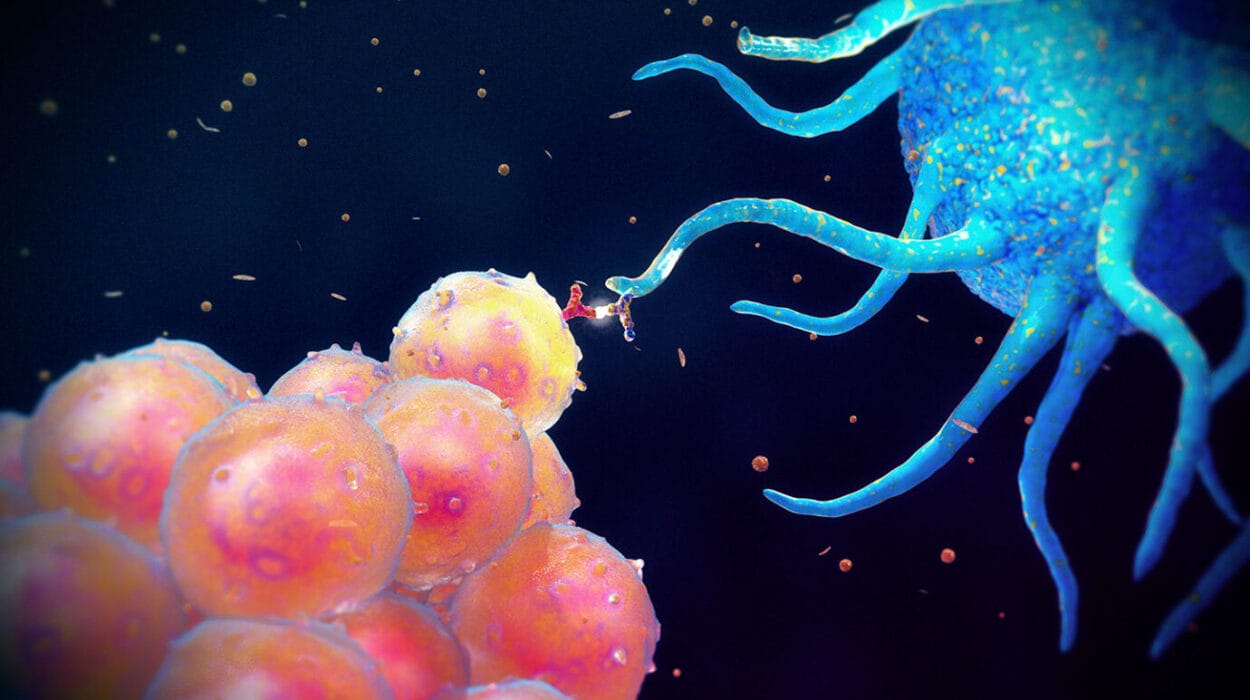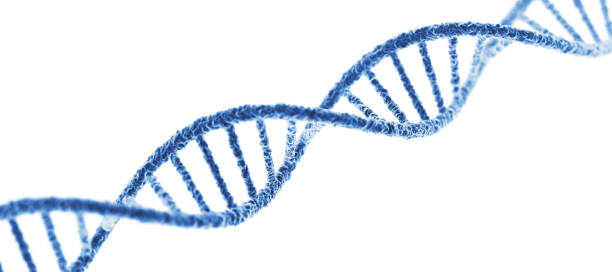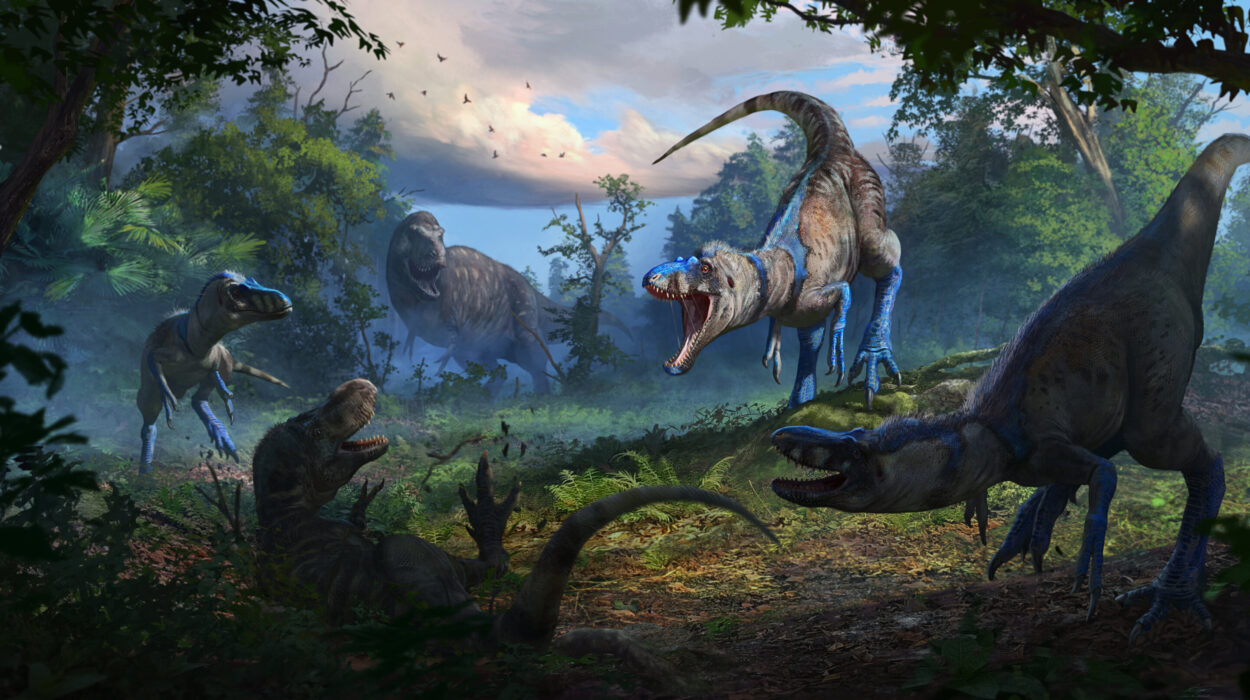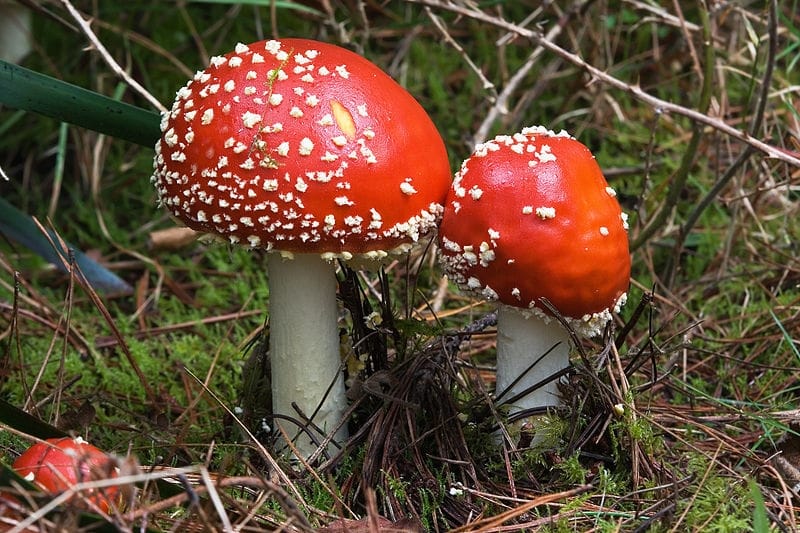Beneath the surface of every forest floor, inside every gut, deep within ocean trenches, and even in the air we breathe, there exists a vast, invisible world teeming with life—microbes. These microscopic organisms, which include bacteria, fungi, archaea, and some forms of algae and protozoa, are ancient beings that have been shaping Earth’s ecosystems for over 3.5 billion years. Though invisible to the naked eye, microbes are not insignificant. In fact, without them, life on Earth as we know it would collapse.
But microbes are not just passive players in nature. Today, they are being actively recruited by humans to tackle some of the greatest challenges we face—from feeding a growing global population to curing diseases, producing clean energy, and reducing our reliance on polluting industries. This is the realm of biotechnology: the art and science of harnessing biological systems for practical purposes. And at the heart of it, microbes are the unsung heroes, working silently behind the scenes.
A New Era of Microbial Mastery
For most of human history, microbes were mysterious, misunderstood, and often feared. They were blamed for plagues, infections, and food spoilage. It wasn’t until the late 19th century, with the pioneering work of scientists like Louis Pasteur and Robert Koch, that we began to understand the true nature of microbes. Suddenly, they were not just agents of disease—they were organisms with remarkable capabilities.
With the advent of the microscope and the rise of molecular biology, our relationship with microbes began to shift. Instead of avoiding them, scientists started asking a revolutionary question: what if we could use them?
By the 20th century, that question was being answered in profound ways. The discovery of penicillin from a mold in 1928 marked a turning point, showing the world that microbes could save lives. And with the birth of recombinant DNA technology in the 1970s, the possibilities expanded exponentially. Suddenly, we weren’t just using microbes as they were—we were engineering them to do what we wanted.
Microbial Factories and the Rise of Industrial Biotechnology
Perhaps the most transformative application of microbes in biotechnology is in the field of industrial production. Bacteria and fungi have been turned into tiny, living factories capable of manufacturing substances at scales and purities that traditional chemistry could never match.
Take Escherichia coli (E. coli), for example. While notorious for causing food poisoning, certain lab-adapted strains of E. coli are among the most important tools in biotechnology. They can be genetically modified to produce proteins, enzymes, and even fuels. In 1978, E. coli became the first organism used to produce human insulin through recombinant DNA technology. Before that, insulin for diabetics was harvested from the pancreases of pigs and cows—a slow, expensive, and ethically fraught process. The ability to produce human insulin in bacteria revolutionized diabetes treatment and set the stage for a new kind of pharmaceutical industry.
Fungi have also taken center stage. Aspergillus niger, a common mold, is used to produce citric acid—a key ingredient in soft drinks and food preservatives. Saccharomyces cerevisiae, or baker’s yeast, has been used for millennia to make bread and beer, but modern biotechnology has transformed it into a producer of bioethanol and even bioplastics. These microbes are efficient, scalable, and far more sustainable than their chemical counterparts.
Healing with Microbial Tools
In medicine, microbes have become essential allies. Their applications stretch far beyond antibiotics. Today, genetically modified bacteria and yeast are used to produce a wide range of therapeutic proteins, including growth hormones, clotting factors, and monoclonal antibodies used in cancer treatment.
One particularly powerful microbial innovation is the use of viruses—specifically, bacteriophages, which infect bacteria—as alternatives to traditional antibiotics. With antibiotic resistance becoming a global health crisis, scientists are revisiting phage therapy, a concept first explored in the early 20th century. Phages can be engineered to target specific bacterial strains, offering a precision weapon against infection without harming the beneficial bacteria in the body.
Another groundbreaking application is gene therapy. Using modified viruses as delivery vehicles, scientists can transport healthy genes into cells with faulty ones, offering hope for conditions that were once thought untreatable, such as certain forms of blindness and genetic immune deficiencies.
Vaccines, too, have been transformed by microbial biotechnology. Modern vaccines often use recombinant microbes to produce harmless versions of viral proteins, training the immune system without using live pathogens. The mRNA COVID-19 vaccines, while not microbial in themselves, rely heavily on enzymes and lipid nanoparticles produced with the help of engineered microbes.
Agriculture Reimagined Through Microbes
Feeding the planet sustainably is one of the greatest challenges of our time. Here, microbes are again stepping into the spotlight. For decades, farmers have used nitrogen fertilizers to boost crop yields, but their overuse has led to environmental degradation, including water pollution and greenhouse gas emissions. Microbes offer a cleaner, more natural alternative.
Certain bacteria, such as Rhizobium, live in symbiosis with legumes, converting atmospheric nitrogen into a form plants can use. This process, known as nitrogen fixation, can be harnessed to reduce dependence on synthetic fertilizers. Modern biotechnologists are now engineering crop-associated bacteria to perform similar functions for non-leguminous crops like wheat and corn.
Microbes are also being used to combat pests and diseases in crops. Bio-pesticides made from Bacillus thuringiensis (Bt), for instance, produce proteins toxic to specific insect larvae but harmless to humans and beneficial insects. Genetic engineering has even allowed scientists to insert Bt genes directly into crops, making them resistant to pests and reducing the need for chemical sprays.
Soil health is another area where microbes shine. Healthy soils teem with microbial life that supports plant growth, breaks down organic matter, and cycles nutrients. By understanding and manipulating these microbial communities, scientists can develop probiotics for plants—formulas that boost crop resilience, reduce the need for irrigation, and enhance flavor and nutrition.
Cleaning the Planet with Microbial Might
Microbial biotechnology is not just about creating products—it’s also about solving problems. One of the most exciting fields is environmental bioremediation: using microbes to clean up pollution.
Oil spills, for instance, are environmental disasters that devastate marine ecosystems. But nature has its own cleanup crew. Certain bacteria, such as Alcanivorax borkumensis, thrive on hydrocarbons and can break down oil into harmless substances. Scientists are exploring ways to enhance and accelerate these natural processes by providing nutrients or optimizing microbial strains.
Heavy metals and toxic chemicals also present serious challenges. Some microbes have evolved to tolerate and even metabolize these poisons. In mining and industrial waste cleanup, microbes can be employed to bind or transform heavy metals like arsenic, lead, and mercury, making them less harmful or easier to remove.
Plastic pollution, too, has a microbial solution. In recent years, scientists have discovered strains of bacteria and fungi that can digest plastic polymers like PET (used in water bottles). These enzymes break down plastic into its basic components, which can then be reused. The dream of a microbial recycling system that turns plastic waste into useful raw materials is slowly becoming a reality.
Microbial Energy and the Future of Fuel
As the world transitions away from fossil fuels, bioenergy is gaining attention—and microbes are playing a central role. Biofuels like ethanol and biodiesel can be produced by fermenting plant sugars using yeast and bacteria. While first-generation biofuels relied on crops like corn and sugarcane, scientists are now turning to cellulosic biomass—non-edible plant parts such as stalks and leaves.
Breaking down cellulose is complex, but certain fungi and bacteria produce enzymes capable of this feat. Engineering these microbes to be faster and more efficient is a key focus of research. The goal is to create sustainable biofuel systems that don’t compete with food crops and have a lower carbon footprint than traditional fuels.
Even more futuristic is the concept of microbial fuel cells. These devices use bacteria to generate electricity directly from organic waste. In essence, they turn wastewater into power—a double win for sustainability. While still in the experimental stage, microbial fuel cells hint at a world where bacteria help light our homes and power our devices.
The Age of Synthetic Biology
Microbial biotechnology has reached a turning point. No longer limited to using microbes in their natural forms, scientists are now designing them from the ground up. Synthetic biology, a field that combines biology, engineering, and computer science, is transforming microbes into programmable tools.
With CRISPR gene-editing technology, scientists can precisely alter microbial DNA, giving microbes new abilities or enhancing existing ones. Want a bacterium that glows in the dark, produces spider silk, or detects toxins in water? With synthetic biology, it’s not just possible—it’s happening.
Entire metabolic pathways can be transplanted from one organism into another, creating synthetic organisms capable of producing drugs, materials, or nutrients that nature never intended. Yeast strains have been engineered to produce artemisinin, a powerful anti-malarial compound that was once only available from a rare plant. This not only stabilizes supply but makes the medicine more affordable and accessible.
The implications are vast. In the future, we might program microbes to live inside our bodies as personalized doctors, monitoring our health and producing treatments on demand. Or we might release them into the environment to capture carbon dioxide, reverse desertification, or rebuild damaged coral reefs.
Ethical Considerations and the Power of Responsibility
With great power comes great responsibility. As our ability to manipulate microbes grows, so too do the ethical and environmental questions. What are the risks of releasing genetically modified organisms into nature? Could microbial engineering be misused for harmful purposes? How do we balance innovation with caution?
The biotech community is grappling with these questions through strict regulations, transparent research, and public engagement. Bioethicists, ecologists, and policy makers are working together to ensure that microbial technologies are used wisely and equitably. The goal is not to stifle progress, but to guide it in ways that benefit all of humanity—and the planet we share.
There is also a profound philosophical shift happening. For centuries, humans saw microbes as mere pests or curiosities. Now, we are beginning to recognize them as partners in our survival. This shift in perspective challenges us to view life not as a hierarchy, but as an intricate web of collaboration.
A Future Built with Microbes
In the story of life on Earth, microbes were the first characters. They built the oxygen we breathe, created the soil beneath our feet, and continue to sustain the food chains that nourish us. Now, in the Anthropocene—a geological age defined by human activity—they are becoming our allies in shaping the future.
Microbes are not magic, but their powers often feel magical. With them, we can grow meat without animals, create vaccines faster than ever, clean up poisons, and build materials lighter than steel. They don’t demand salaries, don’t need sleep, and reproduce quickly. In many ways, they are the perfect workers for a sustainable civilization.
As our knowledge expands, so does our imagination. What else can microbes do? What mysteries still lie in their DNA, waiting to be unlocked? Every petri dish, every genome sequencer, and every fermentation tank is a doorway into this world of possibility.
We are no longer just observers of microbes. We are their students, their collaborators, and—if we are wise—their stewards.
Microbial biotechnology is not a passing trend. It is a revolution rooted in ancient life and bursting with future promise. In the coming decades, these tiny organisms will help us heal, nourish, protect, and power the world. They are not just tools of industry—they are the architects of a new era.
And that era is just beginning.
